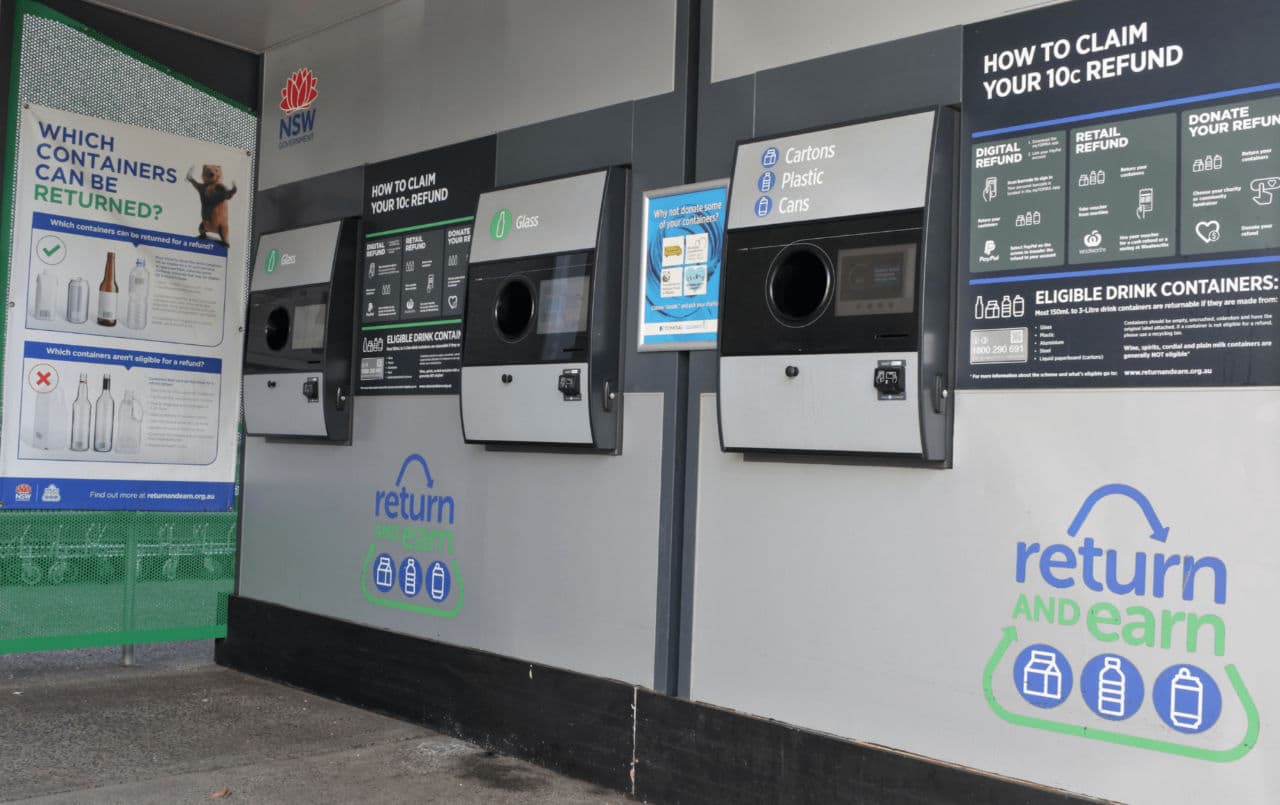Sustainability marketing, purpose driven communication in general, and corporate social responsibility all have one thing in common: to be successful, they need to be authentic and credible.
But, while sustainability has gained momentum as a hot boardroom topic, and consumers—particularly Millennials—increasingly say they want brands that embrace purpose and sustainability, authenticity alone doesn’t always translate to increased growth (whether that’s brand awareness, enquiries, sales or customer lifetime value).
Beware the “say-do” gap
Many surveys have highlighted people’s good intentions when it comes to sustainability. It’s encouraging that awareness and enthusiasm for recycling, buying from sustainable sources, avoiding single use plastic and so on is growing steadily.
But time and again these good intentions are not matched by consumer behaviour – there is a significant gap between what we say and what we do.
A frustrating paradox remains at the heart of green business: Few consumers who report positive attitudes toward eco-friendly products and services follow through with their wallets. In one recent survey 65% said they want to buy purpose-driven brands that advocate sustainability, yet only about 26% actually do so.
“Our values, motivations, interests, goals, all of these things, compete, which explain the discrepancy between what people say and what they do.”
Dr Magda Osman, reader in psychology at Queen Marys College, London
It appears to stem from competition between all the different demands placed on an individual’s attention. In essence, sustainability is competing with people’s everyday life demands of careers, family, finance, fitness – the list goes on. Narrowing this “intention-action gap” is arguably the biggest challenge for marketers, companies, public policy makers, and nonprofit organisations aiming to promote sustainable consumption. The challenge is how do we encourage sustainability to move up the hierarchy of priorities, relative to a wider range of other behaviours that consumers may feel they need to address?
What’s in it for me? How does green marketing pay off?
33 percent of buyers already consciously consider sustainability criteria when deciding on a product – and the trend is rising. And this does not yet include the number of those who subconsciously take these criteria into account in their purchase decision. Consequently, those who fail to capitalise on green marketing not only miss the opportunity to win new customers, but also run the risk of losing existing ones.
Using behavioural nudges in sustainable marketing
Let’s just put a major point to bed here – there is no substitute for a well researched, creative marketing strategy and solid execution.
The main barriers to action still need to be overcome – cost, convenience, and lack of information were cited as the main barriers to consumers being able to act sustainably in a recent IPSOS research in collaboration with the Innovation Forum.
You still need to understand the wants and needs of your target market, along with the barriers and benefits to realising behavioural change, and tailor your strategies accordingly. So thorough market research and customer profiling are essential.
And we also recommend piloting A/B testing to determine which tactics work best.But, in addition to these regular marketing practices, there are tactics that can be applied that have been proven to increase the effectiveness of sustainable marketing messages and help bring about greater changes in consumer behaviour.
Increase the effectiveness of your marketing campaigns by shifting consumers to behave sustainably
At first glance, it might appear that the goals and assumptions of marketing are incompatible with the goals and assumptions of sustainability. But marketing and behavioural science have much to say about how we might influence consumption to be more sustainable.
The growing field of behavioural insights has led to multiple studies and initiatives to help narrow the ‘say-do gap’ by considering how factors such as Social influence, Habit formation, Individual self, Feelings and cognition, and Tangibility (SHIFT framework) can be harnessed to encourage more sustainable consumer behaviours.
In future posts we’ll be looking into some examples of how behavioural change can be used in your marketing to help nudge people towards climate positive actions, to adopt and promote ethical principles, while generating profits that can be used for the greater good.
In the meantime, if you’d like to discuss how to develop your marketing to a more sustainability-savvy audience, simply schedule a discovery call with us to find out more.





